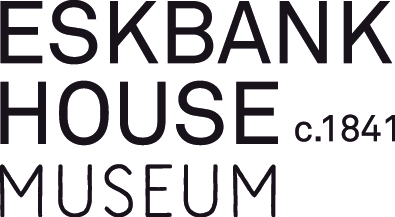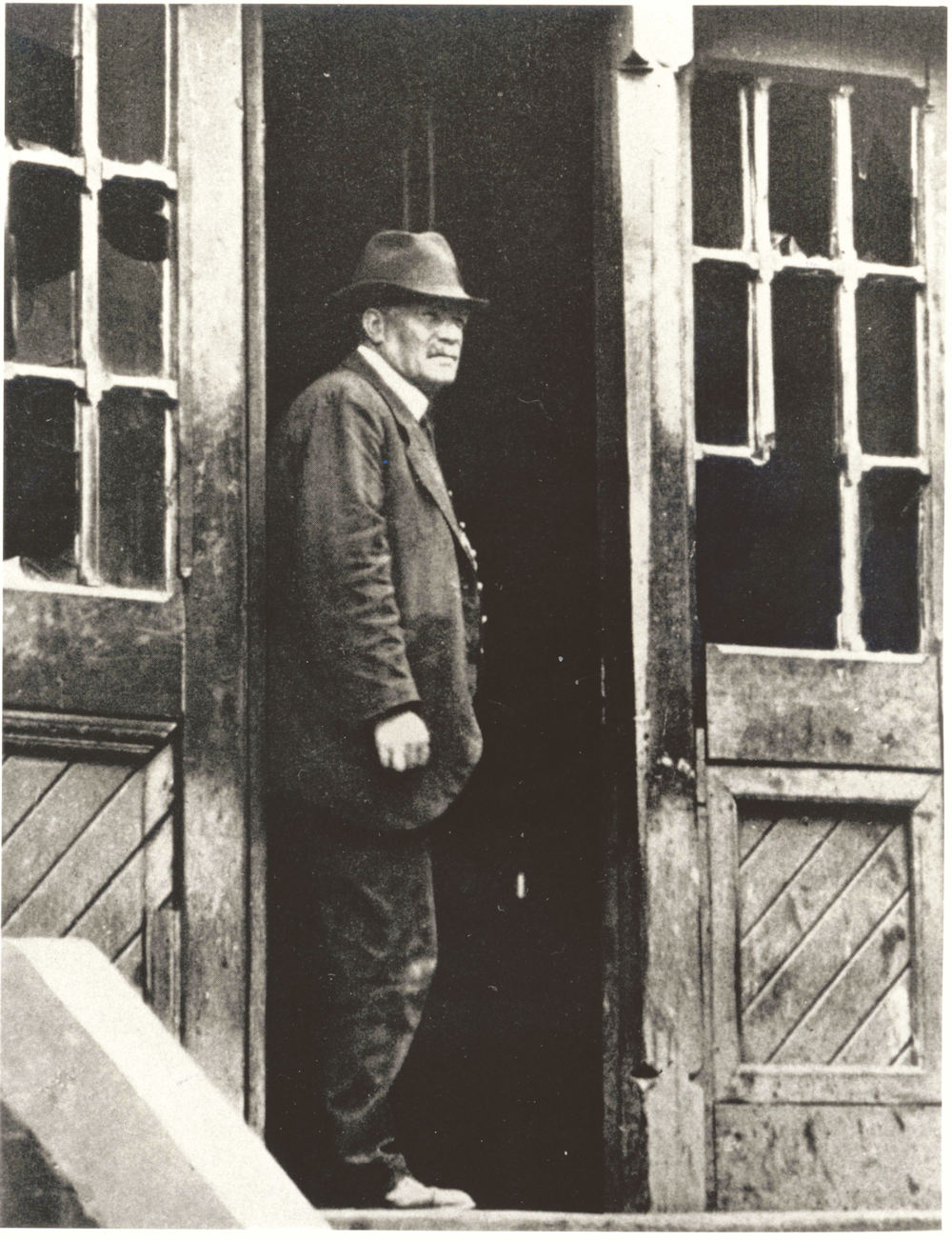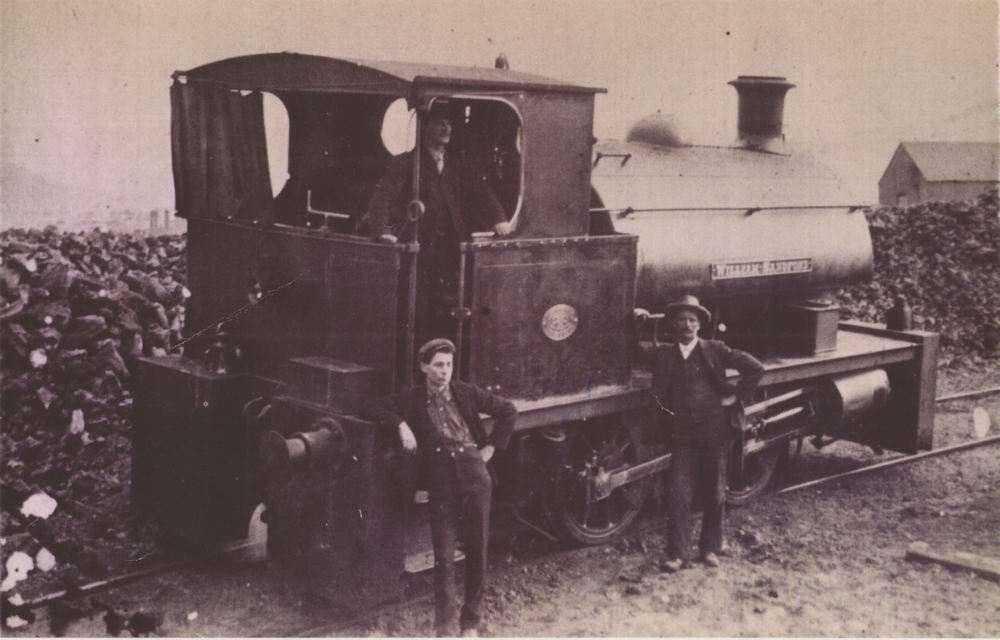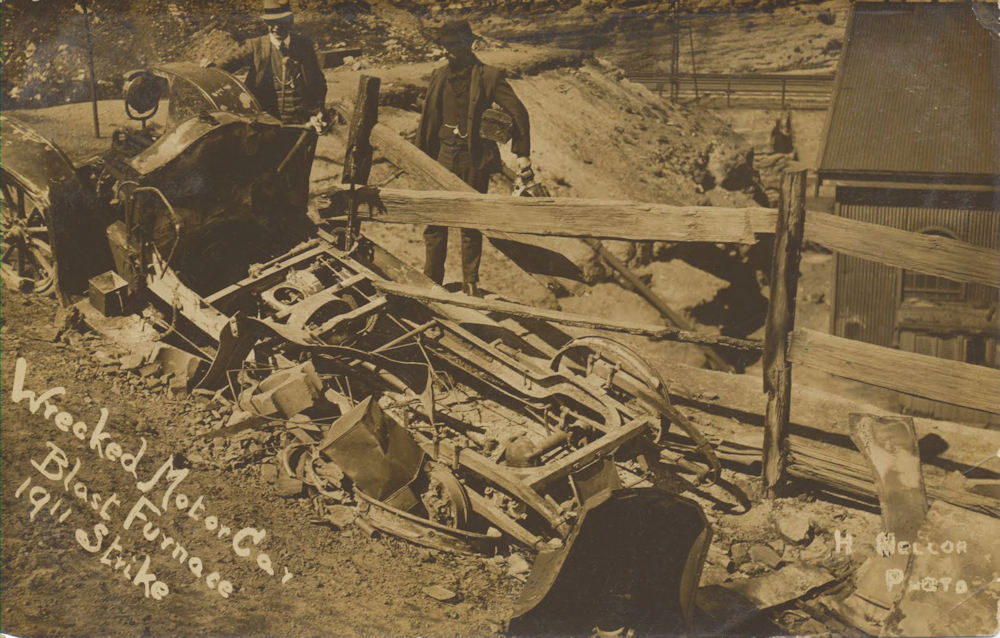The Hoskins Brothers
The Hoskins Brothers and Australian Iron and Steel, 1908 – 1948
When the banks refused to provide more credit to William Sandford he was forced to sell the Eskbank Estate to Charles Henry (1851 – 1926) and George Hoskins (1847 – 1926). At the time the Estate consisted of The Grange (Eskbank House), Eskbank ironworks, Eskbank Colliery, 400 acres of land, iron ore leases at Cadia and Carcoar, government contracts valid for seven years, and the ‘Eskroy’ property at Marangaroo.
The Hoskins Brothers soon identified that the plant was inefficient and that Lithgow was a poor site for a steelworks. Whilst the demands of World War I extended the life of the works, by the early 1920s the Hoskins had decided to form Australian iron & Steel and made plans to relocate the works. By 1928, under the joint managing directorship of Charles’ sons Cecil and Arthur Sidney, the Blast Furnace had completely closed down and production moved to Port Kembla.
Memorial Church.
1911 Strike
In contrast to William Sandford, Hoskins tried to change the system of wages from contract to day labour, which resulted in four years of industrial confrontation including riots, lockouts and strikes. A strike in February 1911 required the police to control the melee, resulting in the destruction of his car.
Tragedy and loss in the Hoskins family
Charles and Emily Hoskins had eight children, but lost three in tragic circumstances, Hilda was killed in a car accident in 1912, and Nellie died of illness in 1913. Their son Henry was killed by an acetylene gas explosion in 1914. To honour his children, Charles supplied land for the Hoskins Memorial Institute and the Hoskins



